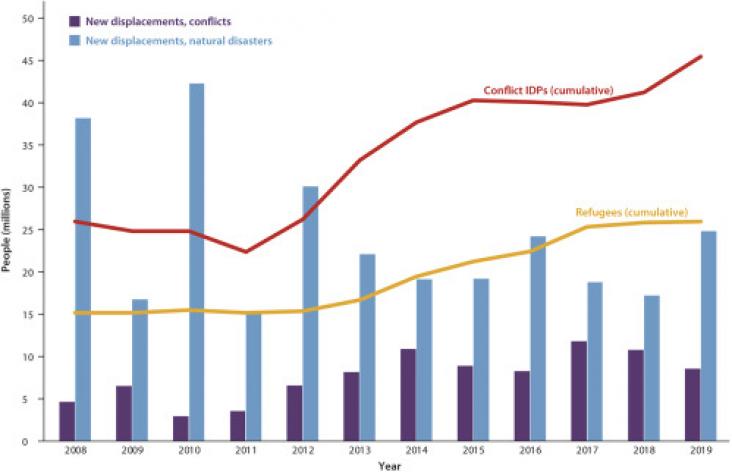Choy Yee Keong, Chapter 2 - The United Nations' journey to global environmental sustainability since Stockholm: An assessment, Editor(s): Choy Yee Keong, Global Environmental Sustainability, Elsevier, 2021, Pages 7-61


Global Groundwater. Source, Scarcity, Sustainability, Security, and Solutions, 2021, Pages 503-517
Global Groundwater. Source, Scarcity, Sustainability, Security, and Solutions, 2021, Pages 577-583
Galapagos Giant Tortoises, Biodiversity of World: Conservation from Genes to Landscapes, 2021, Pages 503-509
Partner content
Global CitizenGlobal Citizen, 27th October 2020

Climate change is reshaping the comparative advantage of regions and hence driving migration flows, principally toward urban areas.
